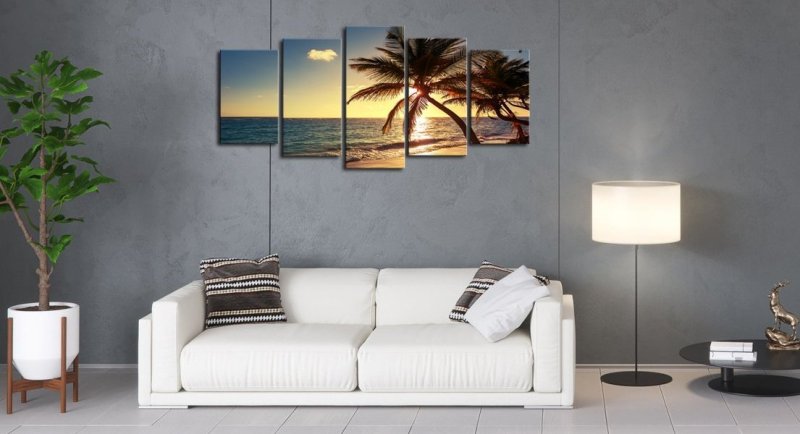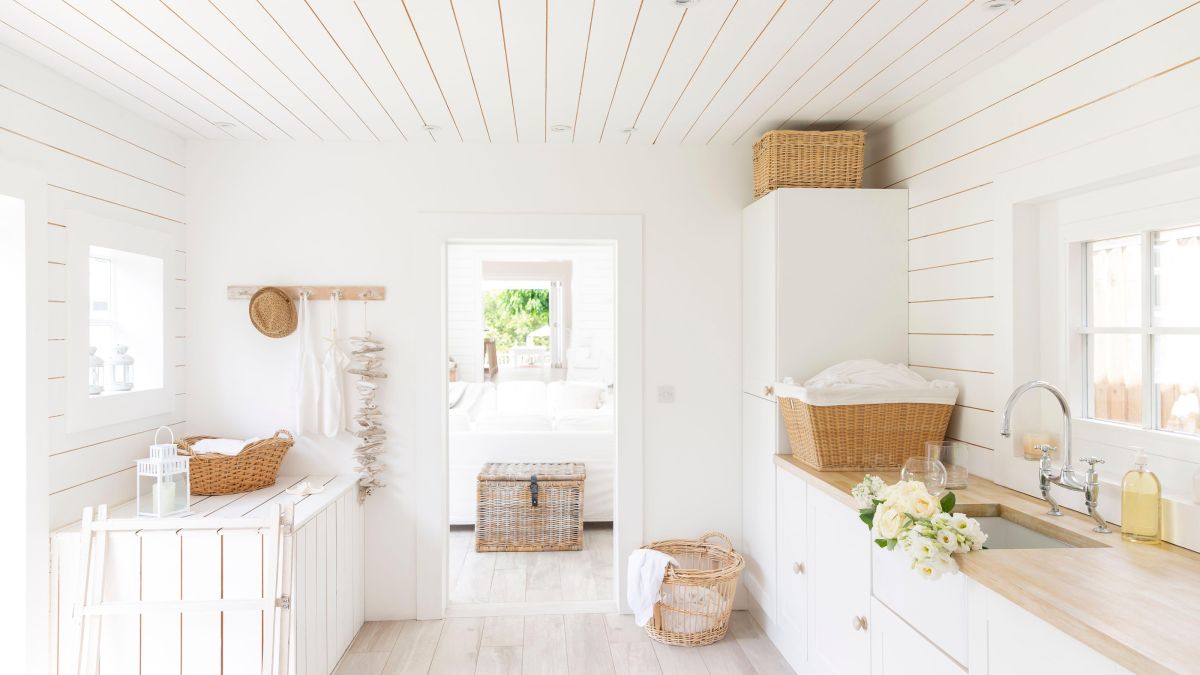Bathrooms are exposed to more moisture than any other room in the home. From steamy showers and running sinks to wet floors and splashing water, humidity is a constant challenge. That’s why choosing the right materials for your bathroom remodel is essential—not only for aesthetics and durability, but also for preventing mold, mildew, and long-term damage.
When planning your upgrade, it’s important to select finishes and surfaces specifically designed to withstand high-moisture environments. Here are some of the best-performing materials to consider when remodeling your bathroom.
1. Porcelain or Ceramic Tile for Floors and Walls
Porcelain and ceramic tiles are among the most popular and practical choices for bathroom surfaces. They’re non-porous, waterproof, easy to clean, and available in a wide variety of colors, shapes, and finishes. Porcelain, in particular, is denser and less absorbent than ceramic, making it a top choice for high-moisture areas like shower walls and floors.
These materials also hold up well against temperature fluctuations and are naturally resistant to mold and bacteria when installed properly with quality grout and sealant.
For added slip resistance, choose textured or matte tiles for the floor. You can even opt for wood-look porcelain tiles if you want the warmth of wood without the risk of warping.
2. Quartz for Countertops
Quartz is an engineered stone made from natural quartz particles mixed with resin, making it highly resistant to moisture, stains, and scratches. Unlike natural stones like marble or granite, quartz is non-porous and doesn’t require sealing, making it a low-maintenance option for high-humidity bathrooms.
It’s also available in a wide range of patterns and colors—from sleek modern looks to styles that mimic natural stone—giving you plenty of design flexibility without sacrificing function.
If you want something that’s both beautiful and resilient to daily wear and tear, quartz is a smart countertop material.
3. Water-Resistant Vinyl Flooring
For those looking for a more budget-friendly and warmer-to-the-touch flooring option, luxury vinyl tile (LVT) or luxury vinyl plank (LVP) is an excellent choice. These materials are specifically engineered to resist water and humidity while offering the appearance of wood, stone, or ceramic.
Vinyl is softer underfoot than tile, making it more comfortable and less slippery—especially in households with children or elderly residents. It’s also highly durable, resistant to mold, and easy to install or replace.
Many modern vinyl floors feature waterproof cores and antimicrobial coatings, making them ideal for bathrooms where moisture is unavoidable.
4. Acrylic or Solid Surface Shower Panels
Instead of traditional tile-and-grout shower walls, many homeowners are turning to acrylic or solid surface panels for a sleek, seamless, and waterproof solution. These panels are non-porous, easy to clean, and resistant to soap scum and mildew.
They’re a great option for those looking for low-maintenance alternatives that still offer a polished look. Unlike tile, there are no grout lines to scrub, and installation tends to be faster.
Acrylic panels are available in a variety of colors and patterns—including marble and stone-inspired styles—allowing you to customize your shower space without compromising on moisture resistance.
5. PVC or Composite Baseboards and Trim
While wood baseboards and trim may look nice initially, they can swell, warp, or rot over time in a humid bathroom. That’s why materials like PVC (polyvinyl chloride) or composite wood alternatives are a better fit for trim work in bathrooms.
These water-resistant materials retain their shape and appearance over time, even in areas exposed to frequent splashing or steam. They can also be painted to match your existing color scheme and are generally easy to install and maintain.
Opting for moisture-proof baseboards ensures your bathroom continues to look polished without the headaches of wood deterioration.
6. Moisture-Resistant Paint and Drywall
If you’re painting your bathroom walls, don’t just use standard interior paint. Instead, go for a mildew-resistant, semi-gloss or satin-finish paint that can withstand humidity and frequent cleaning.
Behind the walls, be sure to use moisture-resistant drywall (sometimes called “green board”) in areas that aren’t exposed to direct water, and cement board for places like shower enclosures. These materials help prevent mold growth and structural damage over time.
A bathroom remodeling contractor can guide you in selecting the right combination of wall materials based on your layout and how your bathroom is used day-to-day.
A successful bathroom remodel isn’t just about looks—it’s about choosing materials that will stand up to daily moisture and maintain their beauty and performance over time. From porcelain tiles and quartz countertops to water-resistant flooring and trim, the right selections will protect your investment while keeping your bathroom fresh, clean, and functional.
Before you start your project, consider consulting a professional remodeling contractor who understands how to design for durability in high-moisture environments. With expert planning and moisture-smart materials, your new bathroom can offer both style and resilience for years to come.












